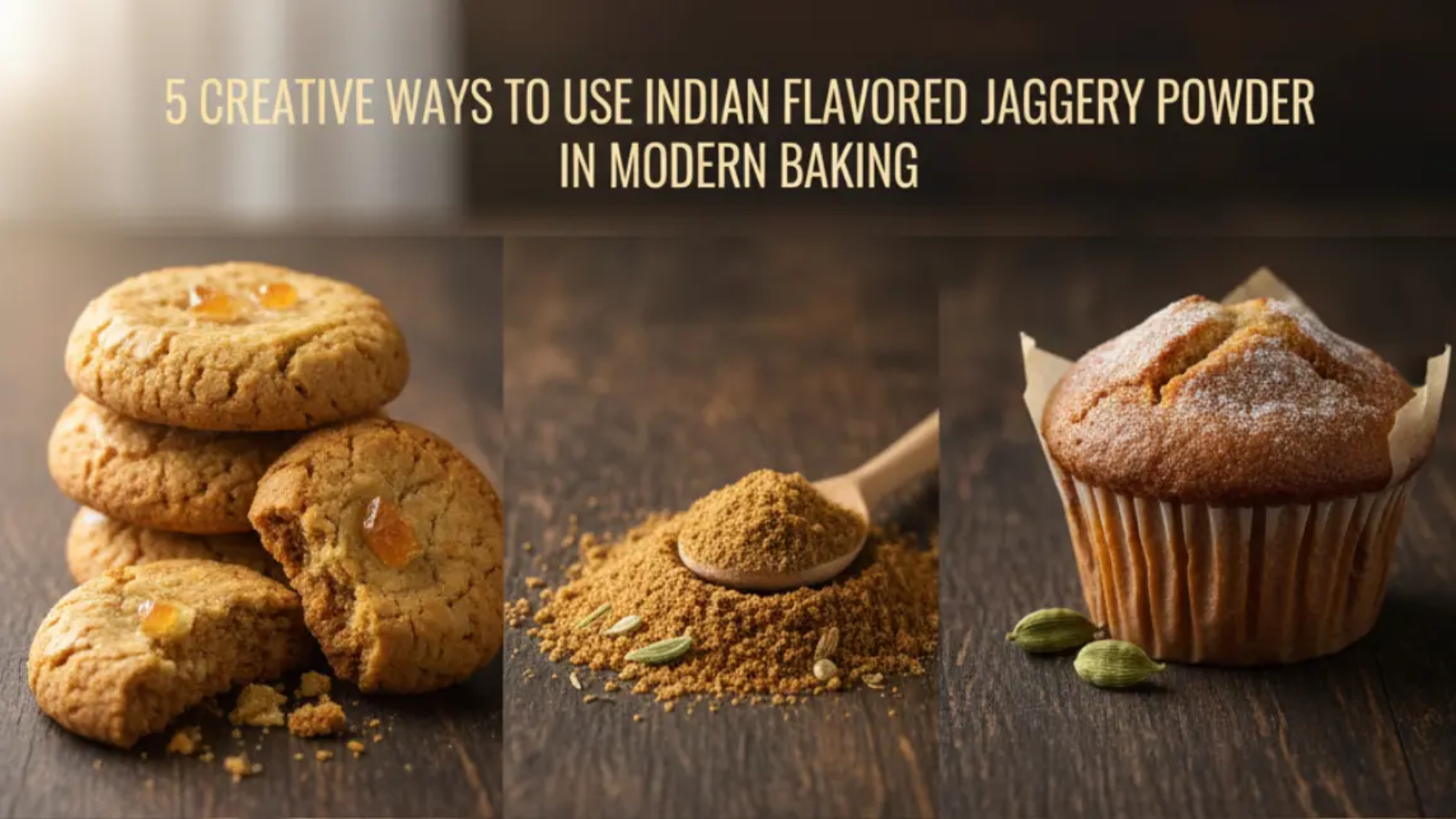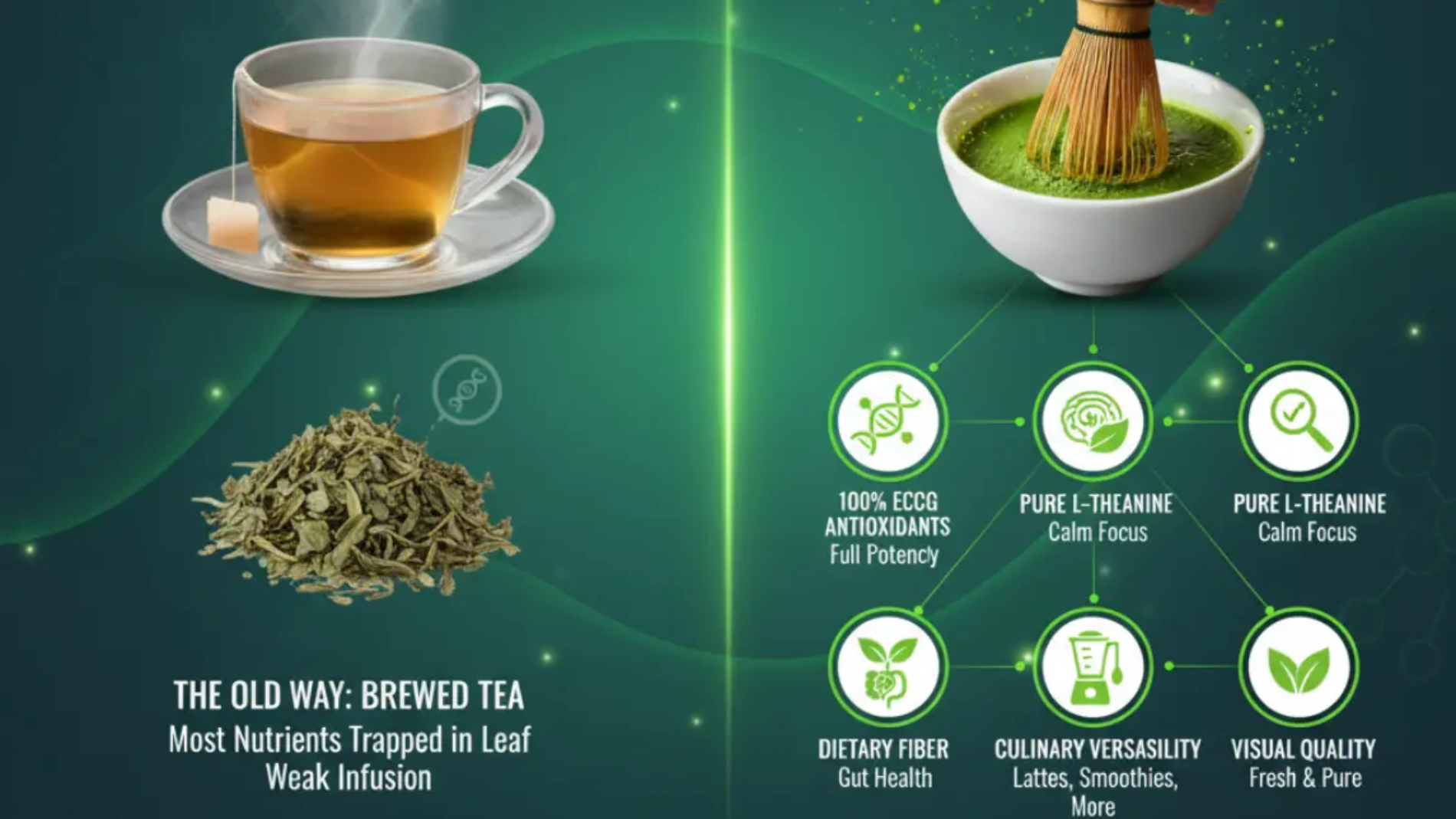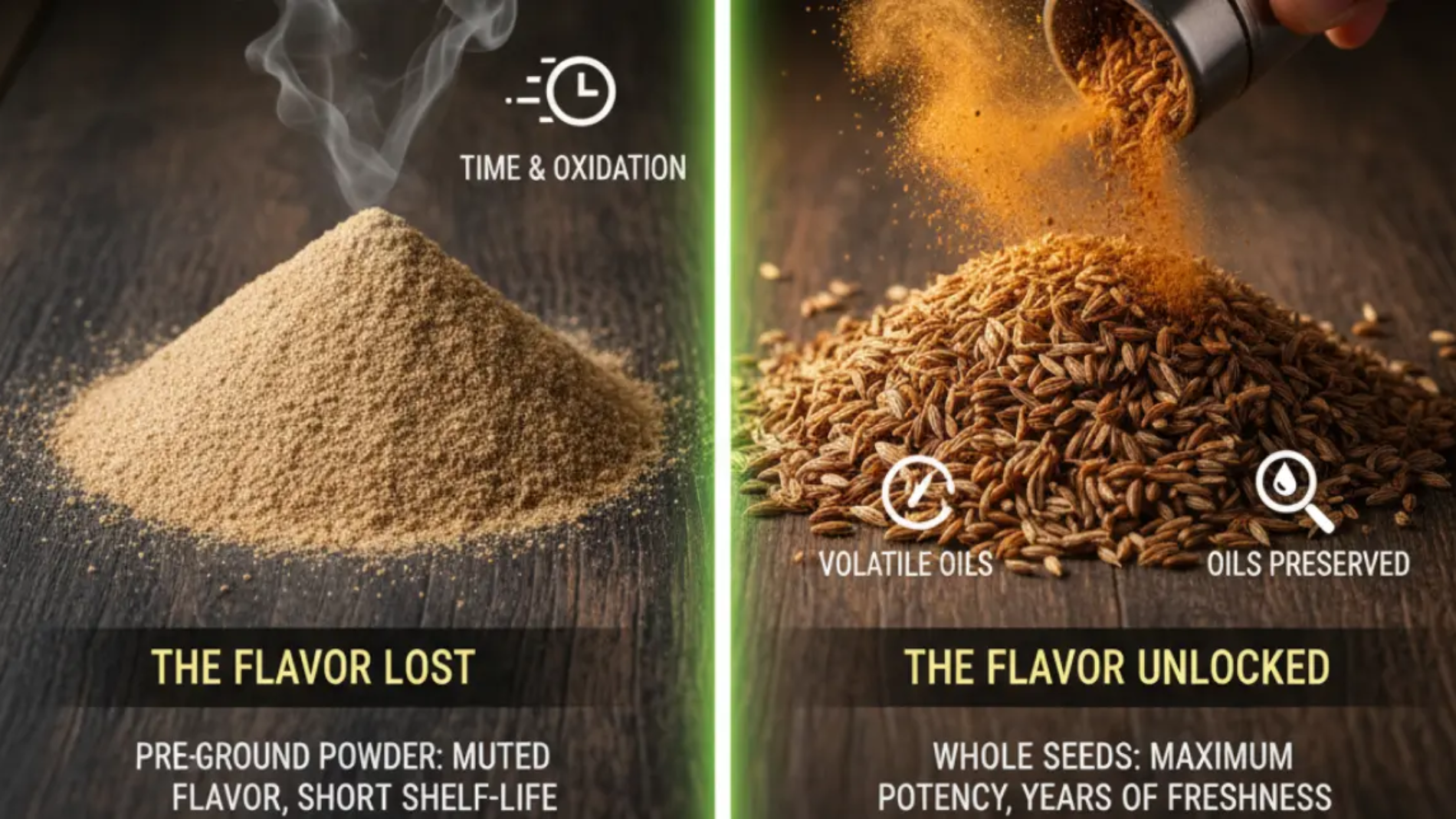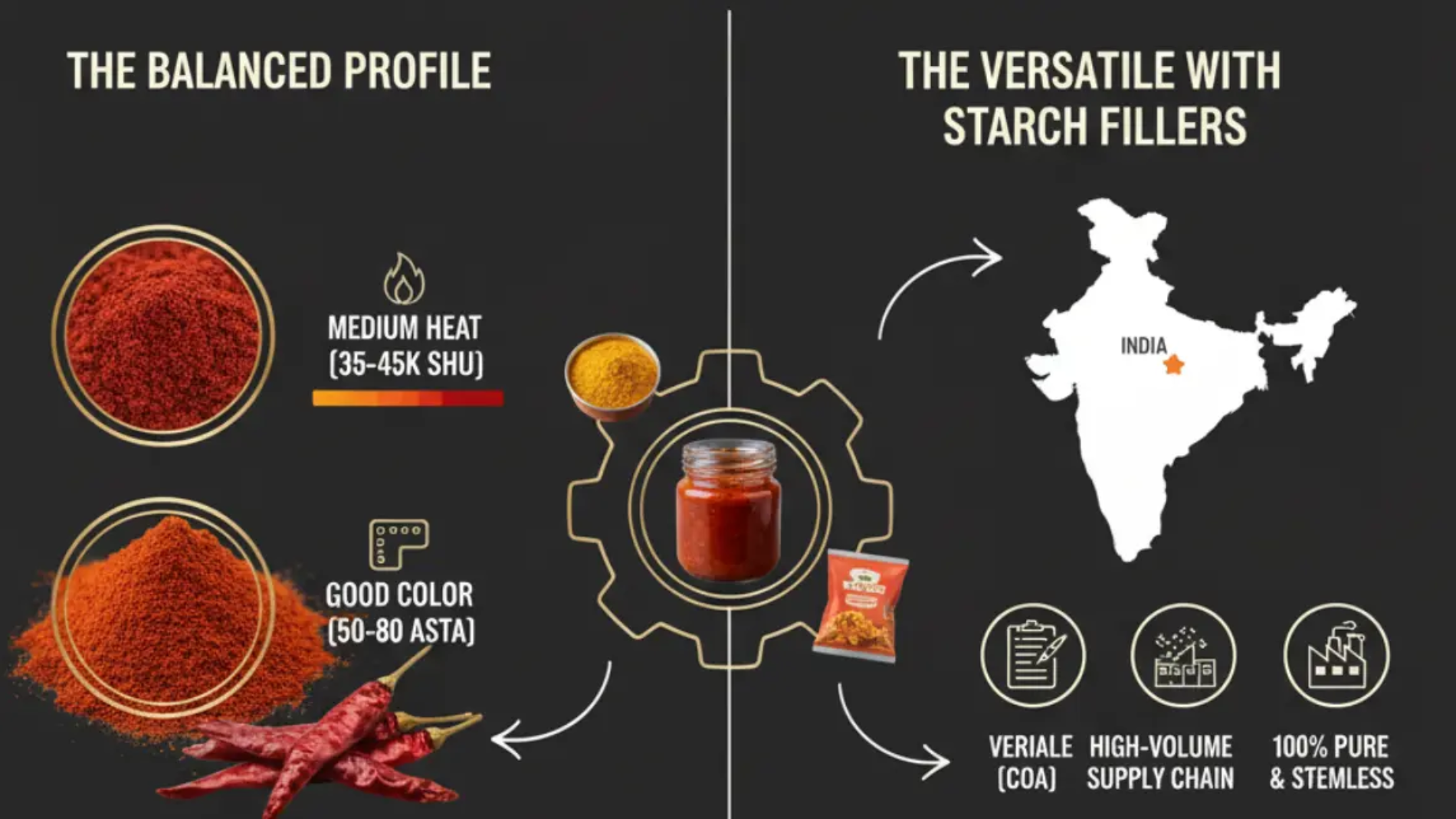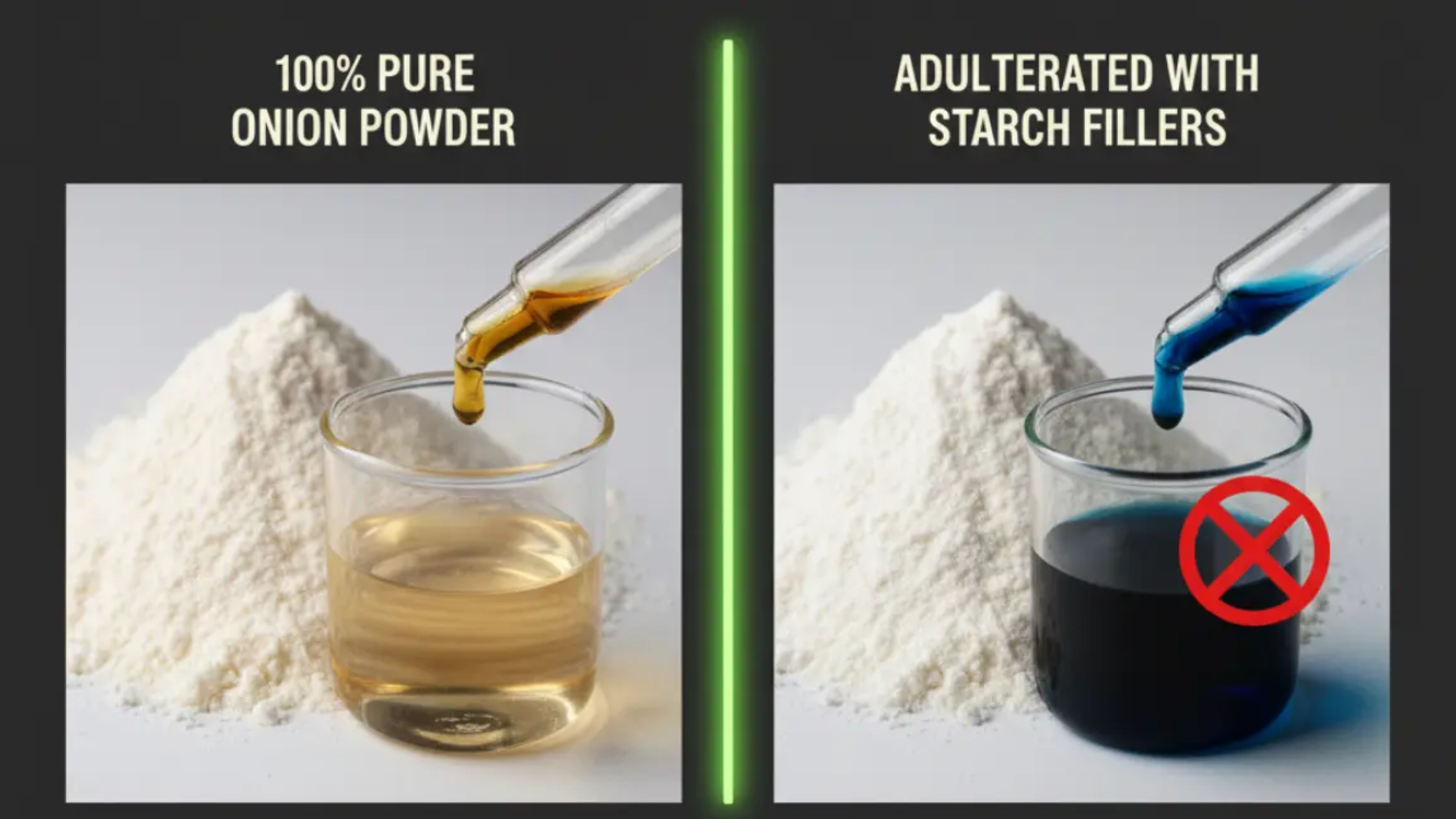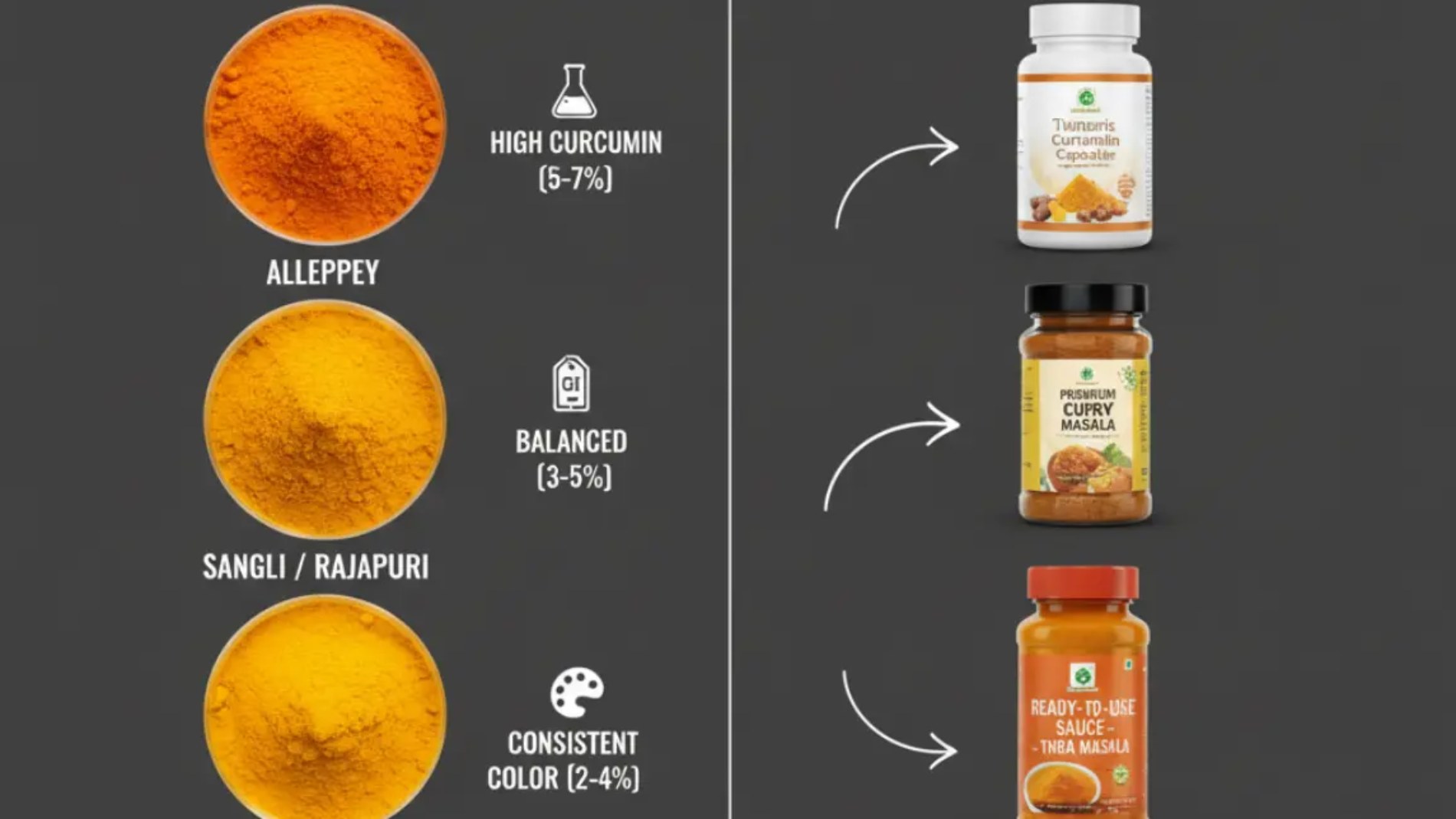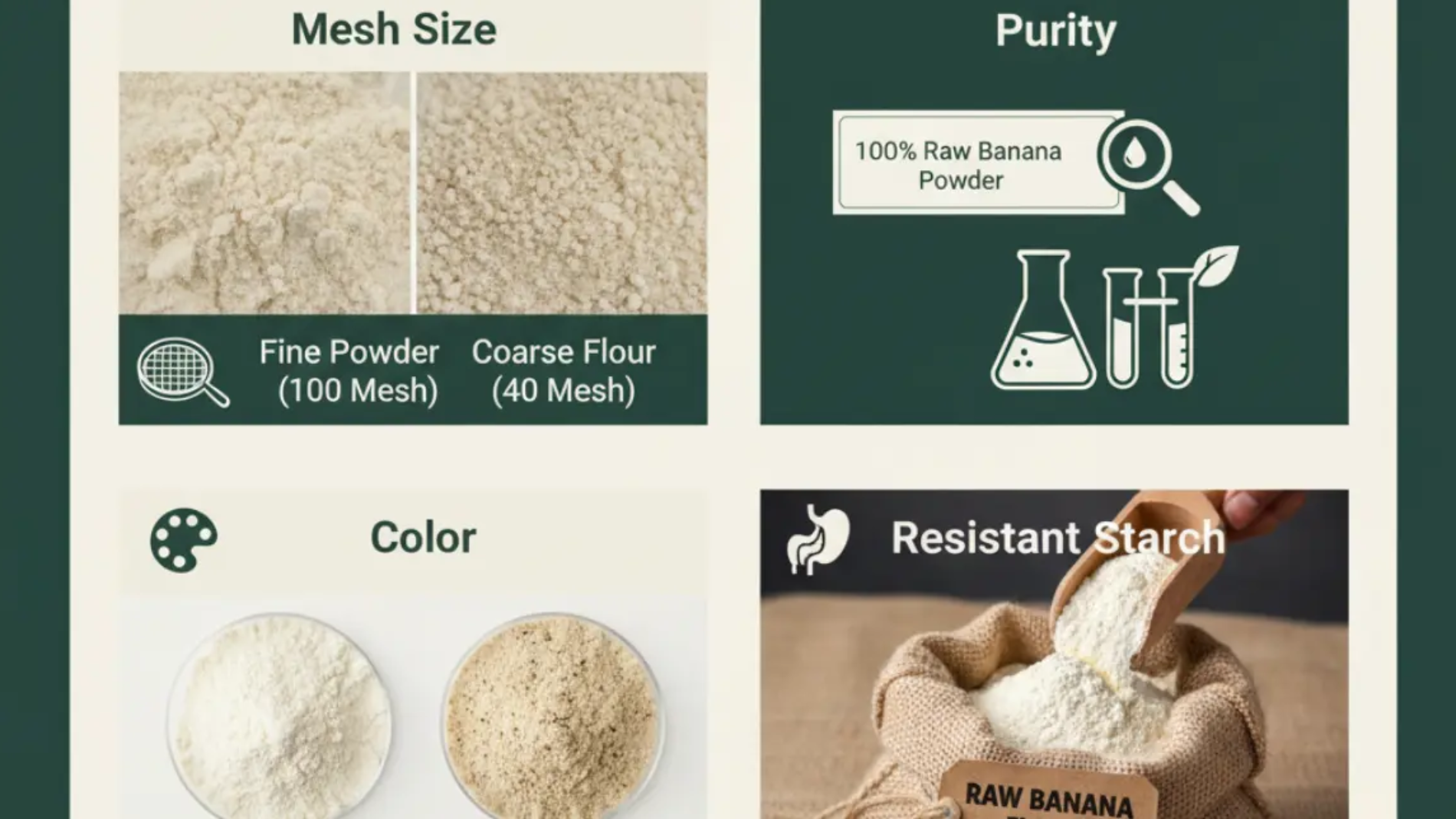The world of modern baking is undergoing a delicious revolution. Home bakers and professional pastry chefs alike are moving away from the one-dimensional sweetness of refined white sugar and exploring natural alternatives that offer depth, aroma, and better nutrition. Leading this charge is a traditional ingredient with a gourmet twist: Indian Flavored Jaggery Powder.
While jaggery has been the soul of Indian sweets for centuries, its flavoured avatars—infused with natural spices like cardamom, ginger, and fennel—are now finding their way into cookies, cakes, and artisanal breads. This ingredient doesn’t just sweeten; it transforms. It brings the rich, molasses-like warmth of unrefined cane sugar combined with the aromatic zest of pure spices.
If you are looking to create baked goods that are cleaner, tastier, and uniquely aromatic, here are five creative ways to incorporate Indian Flavored Jaggery Powder into your modern baking repertoire.
1. Spiced Cookies and Shortbreads with a Twist
The easiest way to introduce this ingredient into your kitchen is through cookies. Traditional recipes for ginger snaps, molasses cookies, or even simple butter shortbreads can be elevated instantly.
Instead of using brown sugar and measuring out separate spices, simply swap the sugar for Ginger-infused Indian Flavored Jaggery Powder. The powder provides a caramel-like chewiness to the cookie texture that white sugar cannot replicate. The infused ginger offers a warmth that permeates the dough evenly, ensuring every bite has a consistent zesty kick.
For a fusion treat, try making Cardamom Shortbreads. The floral notes of the cardamom-infused jaggery pair beautifully with the rich butter, creating a sophisticated tea-time treat that requires fewer ingredients but delivers a complex flavor profile.
2. Moist and Aromatic Tea Cakes and Muffins
One of the best chemical properties of jaggery is that it is hygroscopic—meaning it attracts and holds moisture. This makes Indian Flavored Jaggery Powder a secret weapon for baking cakes and muffins that stay moist for days.
Imagine a Banana Walnut Muffin sweetened entirely with Cardamom Indian Flavored Jaggery Powder. The cardamom cuts through the density of the banana, adding a layer of aromatic elegance that usually requires a skilled hand with spice blends. Similarly, carrot cakes or pumpkin spiced lattes cupcakes can benefit from Masala-flavored jaggery, which typically contains a blend of ginger, pepper, and cardamom. It acts as an instant “spice mix” while acting as the primary sweetener, simplifying your baking process while enhancing the taste.
Spice Up Your Business with Authentic Indian Flavors
Import and Export Excellence from India!

3. Gourmet Glazes and Drizzles
Modern baking isn’t just about the sponge; it’s about the finish. While powdered white sugar is the standard for glazes, it often results in a cloyingly sweet topping. A glaze made from Indian Flavored Jaggery Powder offers a sophisticated alternative with a beautiful golden-amber hue.
To make a glaze, simply dissolve the flavored powder in a small amount of warm milk or cream. A Ginger Jaggery glaze is exceptional when drizzled over lemon pound cake or cinnamon rolls. The slight heat from the ginger balances the tartness of the lemon, while the earthy sweetness of the jaggery rounds out the flavors. This technique creates a “clean label” topping that looks rustic and artisan, appealing to health-conscious consumers who avoid white icing.
4. Reinventing Pie Fillings and Fruit Tarts
Fruit desserts require a sweetener that complements the fruit rather than masking it. Indian Flavored Jaggery Powder pairs exceptionally well with baked fruits, particularly apples, pears, and peaches.
When making an apple pie or a pear tart, toss the fruit slices in Cinnamon or Cardamom Flavored Jaggery Powder instead of white sugar. As the fruit bakes, the jaggery melts into a rich, spiced syrup that coats the fruit, creating a filling that is jammy, golden, and deeply flavorful. The inherent mineral content of the jaggery adds a subtle salinity that enhances the natural sweetness of the fruit, creating a dessert that tastes far more complex than a standard sugar-sweetened pie.
5. Artisan Breads and Sweet Doughs
Yeast loves sugar, but it thrives on the complex minerals found in jaggery. Using Indian Flavored Jaggery Powder in yeast-leavened breads is a fantastic way to boost fermentation while adding a unique flavor note to the crumb.
Consider a brioche or a sweet braided bread. By using a Fennel (Saunf) Flavored Jaggery Powder, you can create a bread with a subtle aniseed aroma that pairs wonderfully with savory spreads or mild cheeses. The jaggery gives the crust a darker, richer color due to caramelization and keeps the interior soft and tender. For sourdough bakers, adding a small amount of this powder to the dough can balance the acidity of the starter with an earthy, spiced sweetness.
Spice Up Your Business with Authentic Indian Flavors
Import and Export Excellence from India!

The Sweet Spot of Health and Flavor
Switching to Indian Flavored Jaggery Powder is more than a health decision; it is a culinary upgrade. It allows bakers to reduce their reliance on refined ingredients while simultaneously adding layers of flavor that would typically require a pantry full of spices.
Whether you are a home baker looking to make healthier treats for your family, or a professional looking for a unique selling proposition for your bakery, this versatile ingredient opens up a world of possibilities. It is the perfect bridge between the wholesome goodness of tradition and the creativity of modern baking.
Frequently Asked Questions (FAQs)
1. Can I substitute white sugar with Indian Flavored Jaggery Powder 1:1?
Yes, in most recipes like cakes and cookies, you can substitute it 1:1. However, because jaggery adds moisture, you might want to slightly reduce the liquid content (milk or water) in the recipe by a tablespoon.
2. Will flavored jaggery powder change the texture of my cake?
Jaggery is a natural humectant, meaning it retains moisture. This usually results in cakes and muffins that are softer, denser, and moister compared to those made with white sugar, which is often a desirable trait.
3. Does the flavor of the spices (cardamom/ginger) come through strongly after baking?
The flavors in Indian Flavored Jaggery Powder are infused and potent. While baking mellows them slightly, the aroma and taste remain distinct, often eliminating the need to add extra ground spices to the batter.
4. Is Indian Flavored Jaggery Powder suitable for making meringues or light sponges?
Jaggery is heavier than white sugar. While it is excellent for butter cakes, cookies, and breads, it may weigh down very light, airy mixtures like meringues or angel food cakes.
5. How should I store flavored jaggery powder to prevent clumping?
Jaggery attracts moisture from the air. Always store your powder in an airtight container in a cool, dry place. If you are buying in bulk, ensure the packaging has a moisture barrier liner.
6. Is this powder suitable for vegan baking?
Absolutely. Indian Flavored Jaggery Powder is a plant-based, cruelty-free sweetener, making it an excellent choice for vegan desserts where honey or bone-char processed sugar is avoided.
7. Can I use this powder for frostings?
Yes, but it will have a golden color. For buttercream, ensure the powder is very fine or dissolve it in a tiny amount of cream first to avoid a gritty texture. It makes for a delicious caramel-spiced frosting.
8. Does flavored jaggery powder have a lower glycemic index than sugar?
Jaggery is a complex carbohydrate and generally has a slightly lower glycemic index than refined sugar, meaning it releases energy more slowly. However, it is still a sweetener and should be used in moderation.
About us
We bridge the gap between local producers and global markets, ensuring seamless trade facilitation with exceptional quality and reliability. We provide quick delivery services with customized packaging with all approval of International Certificates (Spices board India, MSME, IEC, fssai, FIEO, APEDA, EU certification, FDA and Many More)
Contact us
Shop No. 3, Ganesh Prestige Sr. No. 2/15, Near Laxmi Jewellers, Dhanakawadi, Pune – 411043, Maharashtra INDIA.
Call On
+91 9545205050
+91 9822422584


